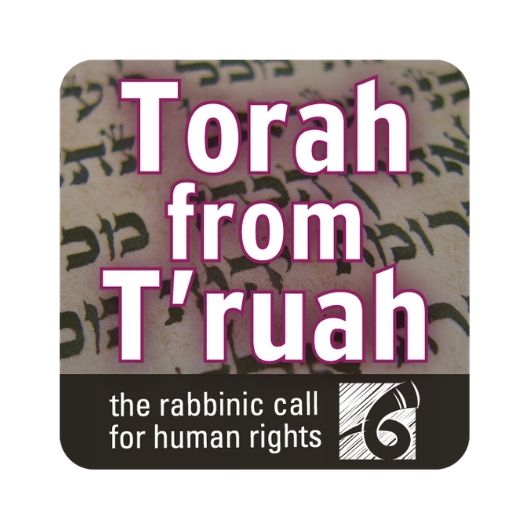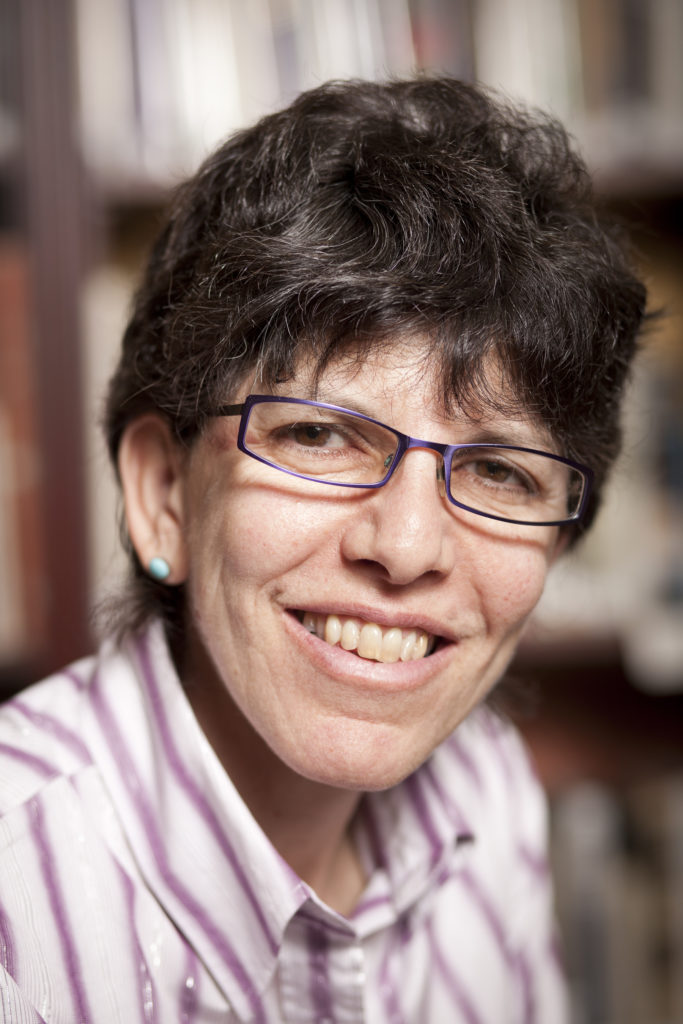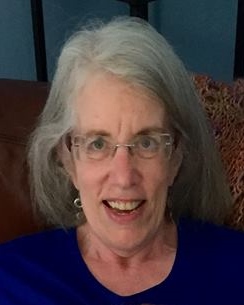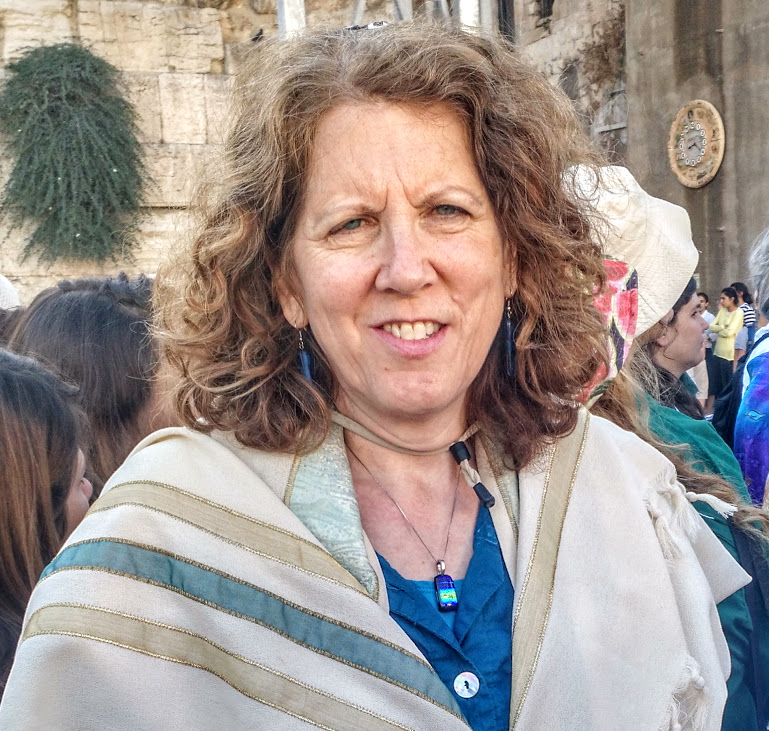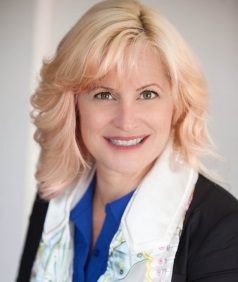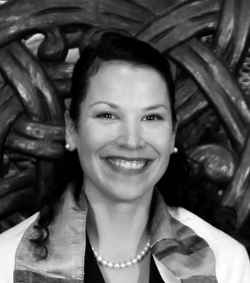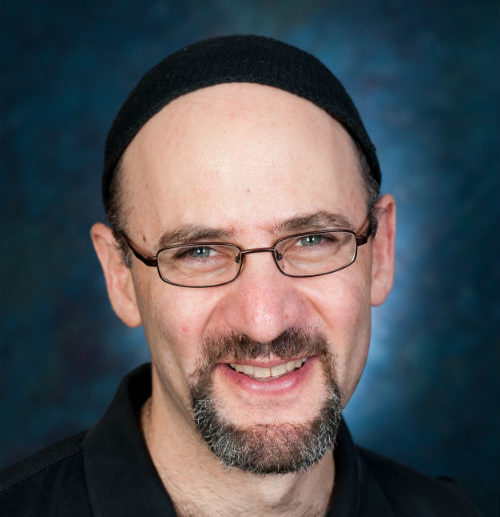Parashat Bamidbar: The Imperative to Provide Refuge
My father’s family were refugees from Vienna, who fled just before World War II broke out, but not before my grandfather had been deported to Dachau. He remained incarcerated there from November 13, 1938, until January 19, 1939. He knew he had to leave Austria with his family. But leaving wasn’t easy. First, it meant...
read more
